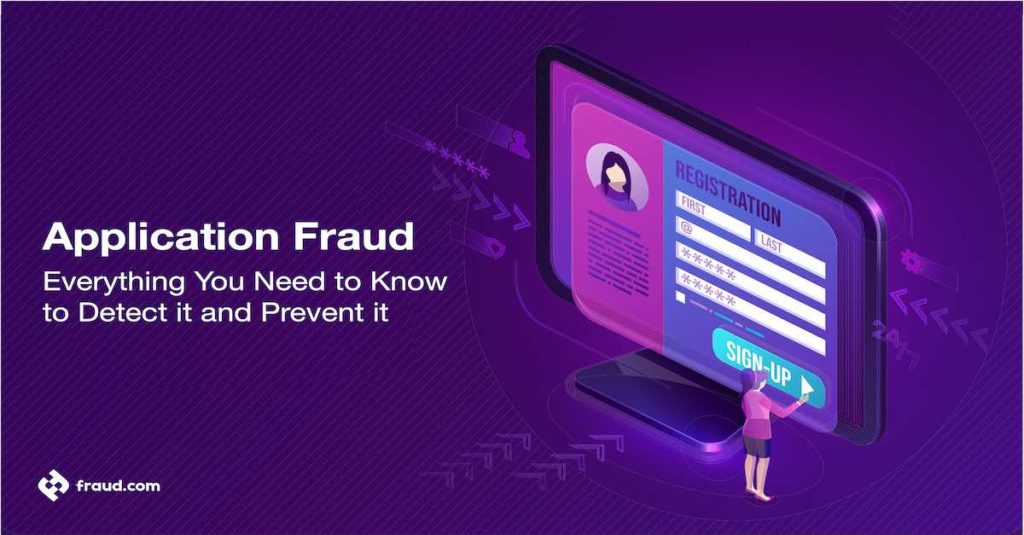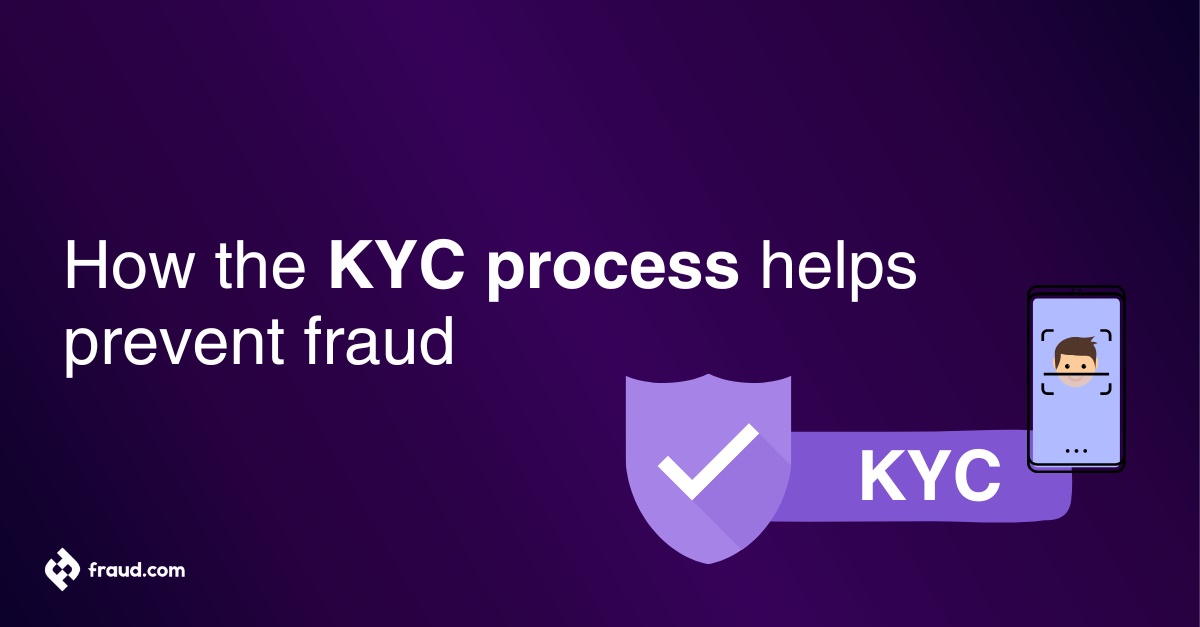Application fraud is a costly problem that affects businesses and individuals alike. It involves an individual or organisation providing false information in an application in order to gain some kind of benefit, such as a loan, insurance policy, or job. As a business or individual, it is important to be aware of application fraud and know how to detect and prevent it.
This article will provide an overview of application fraud, its types, and how to detect and prevent it. We will discuss the importance of verifying information, the use of data analytics, and other methods for reducing the risks associated with application fraud. With the right knowledge and tools, you can protect yourself and your business from the costly effects of application fraud.
Table of Contents
ToggleWhat is Application Fraud?
Application Fraud is the use of false information or stolen personal data to gain access to goods, services, or financial resources. This form of fraud is becoming increasingly common as cybercriminals get smarter and more creative in their methods. Application Fraud can involve creating fraudulent accounts, manipulating existing accounts, and more. It’s important to be aware of this type of fraud since it can have long-term effects on businesses and customers alike.
To help protect yourself, it’s essential to have systems in place that can detect suspicious activity and stop it before it becomes a problem. This could include implementing advanced identity verification systems, monitoring customer behaviour, and more. The key is to be proactive, as fraud prevention is always better than cure when it comes to Application Fraud. If you take the necessary steps to protect yourself and your customers, you can help minimise the risk of being a victim of this type of fraud.
Why is it Important to Detect Application Fraud?
Application fraud is a serious problem in today’s digital age, and it’s important to detect it in a timely manner. Application fraud occurs when someone uses stolen or false information to apply for a loan, credit card, job, or other types of service. This type of fraud can cause a variety of problems, such as identity theft and financial loss. It’s also important to detect application fraud because it can lead to other types of fraud, such as money laundering and terrorist financing.
To detect application fraud, businesses need to have the right processes in place. This includes verifying the identity of applicants, conducting background checks, and verifying the accuracy of the information provided. Having the right processes in place will not only help you detect fraud, but it will also protect your business from financial and reputational losses.
Application fraud is a serious problem in today’s digital age, and it’s important to detect it in a timely manner. Application fraud occurs when someone uses stolen or false information to apply for a loan, credit card, job, or other types of service. This type of fraud can cause a variety of problems, such as identity theft and financial loss. It’s also important to detect application fraud because it can lead to other types of fraud, such as money laundering and terrorist financing.
To detect application fraud, businesses need to have the right processes in place. This includes verifying the identity of applicants, conducting background checks, and verifying the accuracy of the information provided. Having the right processes in place will not only help you detect fraud, but it will also protect your business from financial and reputational losses.
Detecting application fraud is no easy feat, however. It requires a combination of sophisticated technology and skilled human investigators. Fortunately, there are a variety of tools available to help businesses detect potential fraud. These include AI-driven systems that can detect suspicious patterns, as well as human experts who can investigate cases to determine if fraud has occurred.
Application fraud is a serious issue that can have far-reaching consequences. By detecting and preventing it, businesses can protect themselves and their customers from financial losses and identity theft.
How is Application Fraud Done and What are The Methods Used?
Application fraud is a growing threat to businesses, and it’s important to understand the methods used by criminals. Most commonly, application fraud is done through identity theft. Criminals obtain personal information, such as Social Security numbers or driver’s license numbers, which can then be used to open accounts or apply for credit in someone else’s name. Another method of application fraud is synthetic identity fraud. This involves combining pieces of real and false information to create a new identity.
Once the new identity is created, the criminal uses it to apply for credit or open accounts. Finally, criminals may also use social engineering to gain access to someone else’s personal information. This could be done through phishing or online scams, for example. Understanding the methods of application fraud can help companies protect themselves from such threats. By taking steps to verify identities and recognizing the warning signs of fraud, businesses can minimize their risk of becoming victims.
Some of the leading methods used by fraudsters which increase the threats to businesses these days are:
· Synthetic Identity Theft: this is when criminals create false identities using a combination of stolen or fake information. They use these identities to open accounts without the knowledge of the victim.
· Data Breaches: these occur when criminals gain unauthorized access to a company’s computer systems and steal sensitive information, such as credit card numbers or personal data.
· Call Centre Attacks: these involve criminals using social engineering tactics to trick employees into giving away their passwords or other confidential information.
· Intercepted mail: With intercepted mail, criminals can access your sensitive information or even steal your identity. Scammers may use intercepted mail to send spoofed emails to victims, often disguised as legitimate business correspondence. These emails can contain malicious links or attachments that can put the victim’s personal information at risk.
· Scams targeting seniors: Scams targeting seniors are becoming increasingly common, with criminals taking advantage of their vulnerable situation. Seniors are one of the most vulnerable populations when it comes to online scams.
· Advanced tools: with the advancements in technology, criminals have access to more sophisticated tools than ever before.
First-Person Application Fraud
First-Party Application Fraud is an increasingly important issue in the digital age. It occurs when a person applies for a product or service using false or inaccurate information, thereby deceiving the company into granting that person the product or service. This type of fraud is particularly difficult to detect and prevent, as it happens so quickly and is done by the applicant themselves.
However, there are a few measures that can be taken to reduce the risk of this fraud. Companies can implement identity verification systems to make sure the information provided is accurate, as well as monitor activity for suspicious transactions.
Additionally, they can use machine learning and artificial intelligence to analyse patterns and detect suspicious activity. By taking these steps, companies can minimize their risk of first-party application fraud. As the world continues to become more digital, it is essential that companies take the necessary steps to protect themselves from first-party application fraud.
Third-Person Application Fraud
Third-Person Application Fraud is a growing issue for businesses in the 21st century. This type of fraud occurs when an individual uses another person’s information to apply for credit in their name. This could be done by fraudsters who are looking to obtain a loan from a financial institution.
It could also be used to try and obtain a job, rent an apartment, or even open a bank account. Not only does this type of fraud put the victim at risk of identity theft, but it can also cause financial losses for the business.
To protect against Third-Person Application Fraud, businesses should make sure that their processes are secure. This includes verifying the identity of each customer as well as any third parties involved in the transaction. It also includes using data analytics to detect anomalies in customer behaviour and ensure that all applications are legitimate. By taking these preventative measures, businesses can ensure that they don’t become victims of Third-Person Application Fraud.
Tips: How to Detect Application Fraud
Application fraud is a serious problem that can cost companies millions of dollars each year. Fortunately, there are ways to identify and prevent these types of fraud. Here are a few tips to help you detect potential application fraud:
· First, pay close attention to the information on the application.
· Look for inconsistencies or discrepancies that might indicate the applicant is providing false information.
· It’s also important to verify the information. You can do this by verifying employment, checking references, and/or running a credit check.
· Scanning applications for indicators of risk, such as an incomplete or illegible application, a lack of detail in the work experience, or a lack of references.
· You can also look out for signs of identity theft, such as an application with a fake Social Security number or National Insurance number.
· Finally, make sure you ask for additional documentation – such as photo ID, pay stubs, or tax returns – to confirm the applicant’s identity and the accuracy of the information.
By taking the time to review each application and verify the information, you can help protect your business from potential fraud.
Our Application Fraud Detection Solution – aiReflex
Businesses need to be vigilant in preventing application fraud. Fortunately, there is a way to help protect your business from this type of fraud: Our Application Fraud Detection Solution – aiReflex. aiReflex is an AI-powered fraud detection system that checks for discrepancies between submitted applications and the information available in public databases. It cross-references data from a multitude of sources to verify the accuracy of the information provided, including identity, address, and income.
This ensures that any applications that do not meet the requirements set out by your business are flagged and investigated. Additionally, aiReflex also provides detailed reports and customised alerts to help keep your business informed. By using this solution, you can help mitigate the risk of fraudulent applications and protect your business from financial losses.
Our Application Fraud Detection Solution, aiReflex, is the most advanced fraud detection system on the market. Our technology utilises artificial intelligence to detect and prevent fraud from occurring. Our solution can detect even the most sophisticated fraud attacks, including identity theft, account takeover, and more. With aiReflex, you can rest assured that your business is well protected. Furthermore, aiReflex is incredibly user-friendly and easy to use.
Our intuitive interface allows you to monitor fraudulent activity and act when needed. And with our 24/7 monitoring, you can be sure that any suspicious activity is detected and taken care of promptly. At fraud.com we understand how important it is to keep your business safe and secure, and we’re dedicated to providing the best fraud detection and prevention solutions available.
Application fraud threats can result in large financial losses, as well as potential damage to a company’s reputation. Application fraud is on the rise in today’s world, making it more important than ever to be aware of the potential risks. To protect yourself, it is important to have strong security policies in place, such as a strong identity verification process and multi-factor authentication.









